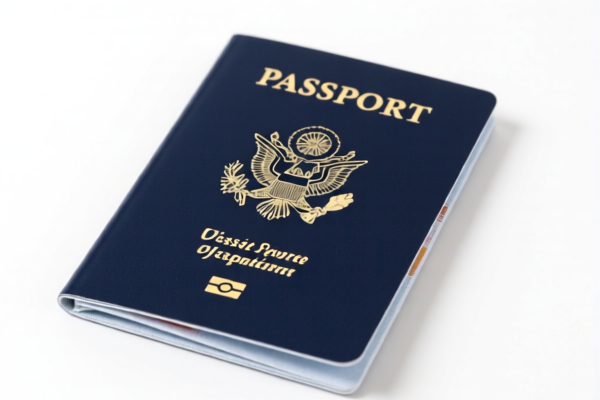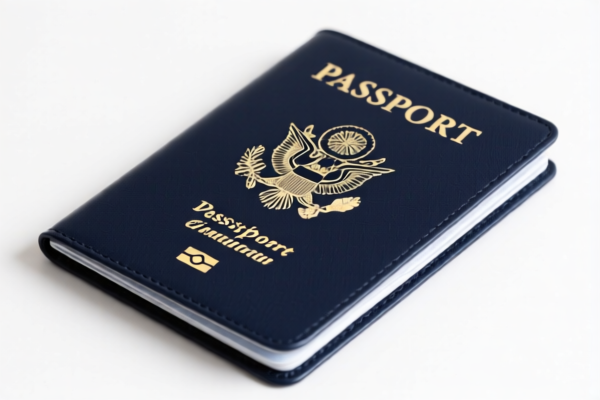| HS Code | Official Doc | Tariff Rate | Origin | Destination | Effective Date |
|---|---|---|---|---|---|
| 4911998000 | Doc | 37.5% | CN | US | 2025-05-12 |
| 4911996000 | Doc | 37.5% | CN | US | 2025-05-12 |
| 4906000000 | Doc | 37.5% | CN | US | 2025-05-12 |
| 4906000000 | Doc | 37.5% | CN | US | 2025-05-12 |
| 9701990000 | Doc | 37.5% | CN | US | 2025-05-12 |
| 3926909905 | Doc | 42.8% | CN | US | 2025-05-12 |
| 3926909905 | Doc | 42.8% | CN | US | 2025-05-12 |
| 3923900080 | Doc | 58.0% | CN | US | 2025-05-12 |
| 4202316000 | Doc | 63.0% | CN | US | 2025-05-12 |
| 4202329900 | Doc | 72.6% | CN | US | 2025-05-12 |
| 8304000000 | Doc | 33.9% | CN | US | 2025-05-12 |
| 4201006000 | Doc | 57.8% | CN | US | 2025-05-12 |




Passport Cover
A passport cover, also known as a passport holder, is a protective sleeve used to cover and safeguard a passport.
Material
Passport covers are manufactured from a variety of materials, each offering different levels of protection, durability, and aesthetics:
- Leather: Genuine or faux leather is a common choice, providing a premium look and feel, and good durability.
- Polyurethane (PU): A synthetic leather alternative, PU covers are water-resistant and cost-effective.
- Fabric: Nylon, polyester, canvas, and other fabrics are used, often with patterned designs. These are generally lighter weight and more affordable.
- PVC/Plastic: Offers high water resistance and transparency, useful for displaying identification while protecting the passport.
- RFID Blocking Materials: Some covers incorporate RFID (Radio-Frequency Identification) blocking material to prevent electronic theft of data stored in the passport’s chip.
Purpose
The primary purposes of a passport cover are:
- Protection: Shields the passport from physical damage such as bending, tearing, and scuffs.
- Identification: Helps easily identify the passport, particularly in luggage or when traveling with multiple documents.
- Security: RFID-blocking covers protect against unauthorized scanning of personal data.
- Aesthetics: Offers a personalized look and can reflect individual style.
- Hygiene: Keeps the passport clean and protected from dirt and germs.
Function
Passport covers function by:
- Enclosing the Passport: A snug fit prevents the passport from slipping out.
- Providing a Barrier: The material protects against wear and tear.
- Blocking RFID Signals: RFID-blocking materials create a shield against electronic scanning.
- Offering Storage: Many covers include pockets for additional cards, tickets, and currency.
Usage Scenarios
Passport covers are commonly used in the following scenarios:
- International Travel: Protecting the passport during transit and while abroad.
- Frequent Travel: For individuals who travel often, a cover extends the lifespan of the passport.
- Everyday Protection: Safeguarding the passport when not in use.
- Gift Giving: A practical and thoughtful gift for travelers.
Common Types
- Simple Sleeve: A basic cover offering minimal protection and identification.
- Bifold Cover: Features a flap that folds over the passport, providing additional security and often includes internal pockets.
- Trifold Cover: Similar to a bifold, but with an additional flap for more storage and security.
- RFID Blocking Cover: Incorporates RFID-blocking technology to protect against electronic theft.
- Leather Passport Cover: Made from genuine or faux leather, offering a premium look and feel.
- Fabric Passport Cover: Made from various fabrics, often with decorative designs.
- Family Passport Cover: Designed to hold multiple passports, ideal for families traveling together.
- Passport Wallet: Combines a passport cover with wallet features, including card slots and currency compartments.
Passport covers fall under several potential classifications based on material and construction, as detailed in the provided reference material. Here's a breakdown of relevant HS codes:
- 4202316000: This code covers articles of a kind normally carried in the pocket or in the handbag, with outer surface of leather or of composition leather. Passport covers made of leather or similar materials would fall under this classification. The first two digits (42) indicate the chapter for articles of leather or of composition leather; the next two (02) specify articles of a kind normally carried in the pocket or in the handbag; and the final six digits (316000) further define the specific article with an outer surface of leather or composition leather. The total tax rate is 63.0%.
- 4202329900: This code also covers articles of a kind normally carried in the pocket or in the handbag, but specifically those with outer surface of sheeting of plastics or of textile materials, with outer surface of textile materials. Passport covers made of textile materials would fall under this classification. The first two digits (42) indicate the chapter for articles of leather or of composition leather; the next two (02) specify articles of a kind normally carried in the pocket or in the handbag; and the final six digits (329900) further define the specific article with an outer surface of textile materials. The total tax rate is 72.6%.
- 3926909905: This code covers other articles of plastics and articles of other materials of headings 3901 to 3914, specifically other elastic bands made wholly of plastics. If the passport cover is made entirely of plastic and incorporates elastic elements, this HS code may be applicable. The first two digits (39) indicate the chapter for plastics and articles thereof; the next two (26) specify plastic articles; and the final six digits (909905) further define the specific article as elastic bands made wholly of plastics. The total tax rate is 42.8%.
Regarding HS code 4202316000 and 4202329900, please note the need to verify the outer surface material (leather, composition leather, sheeting of plastics, or textile materials) for accurate classification.
Customer Reviews
No reviews yet.